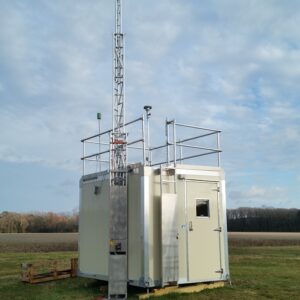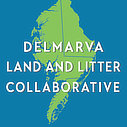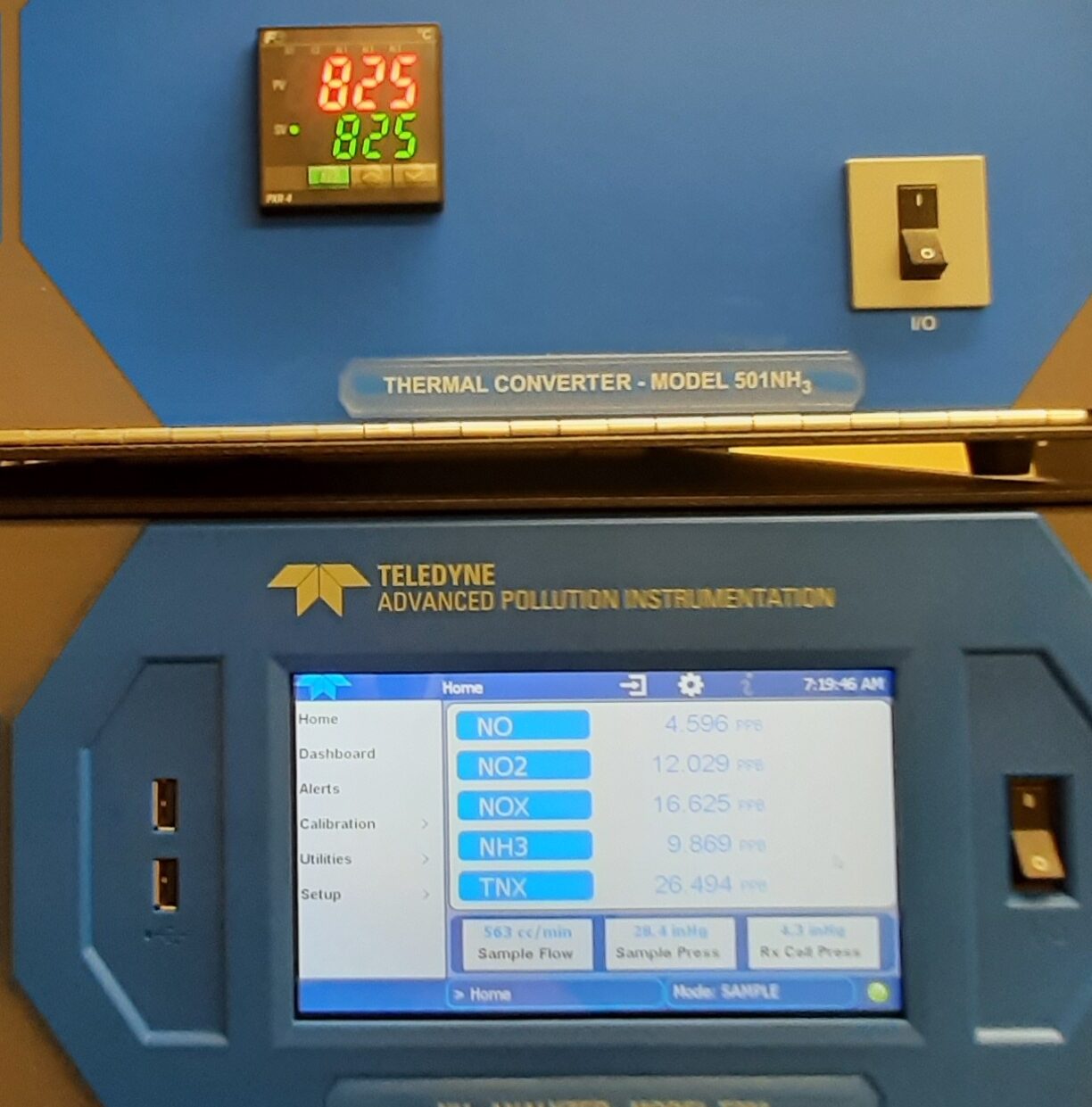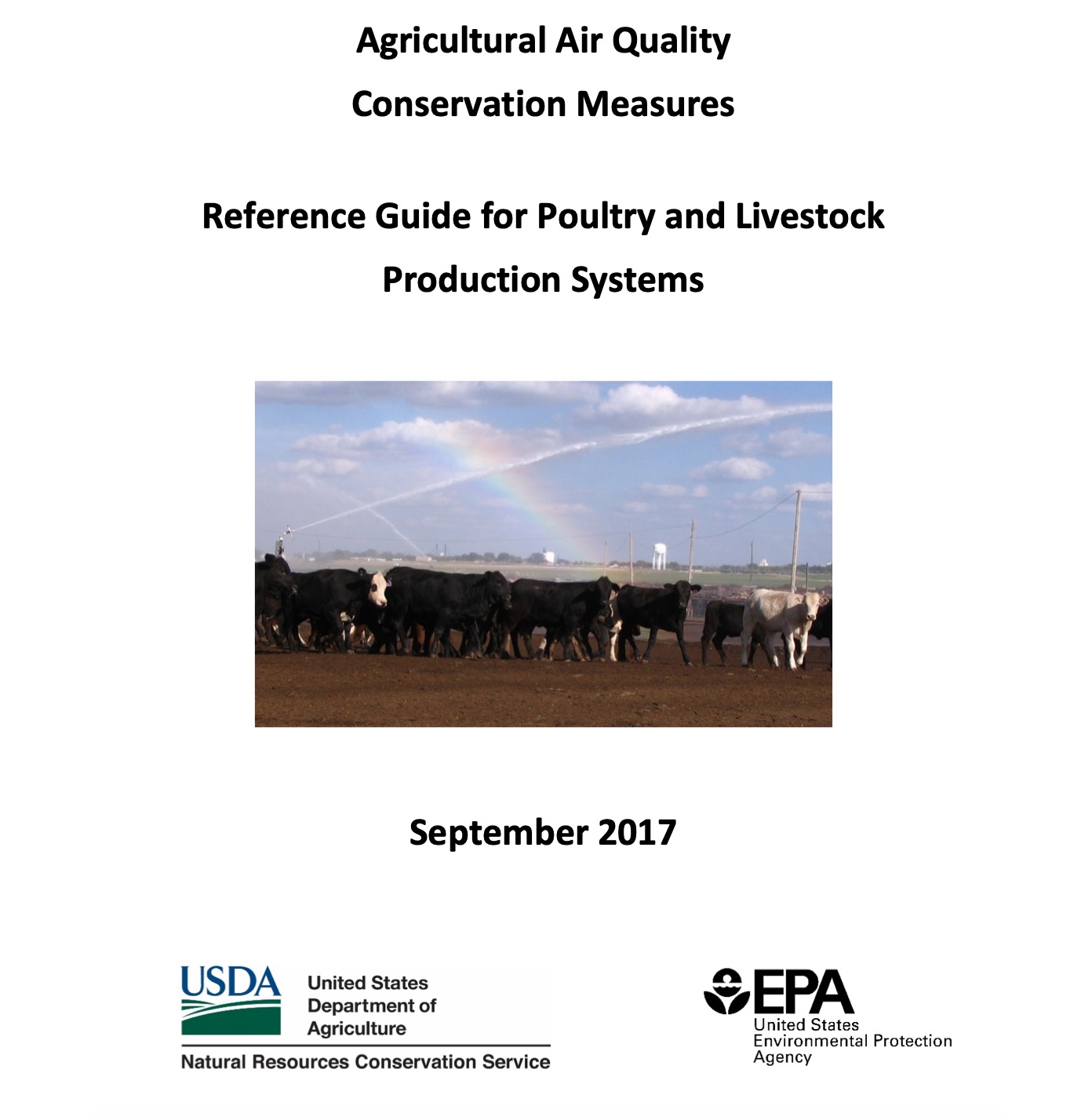Ammonia Emissions
 Nitrogen is an essential nutrient for plants and animals, and it is the most abundant element in the Earth’s atmosphere. Too much or too little nitrogen can be detrimental to plants, animals, and water quality. This is why crop farmers, chicken growers, and environmental managers all strive for the right balance of nitrogen.
Nitrogen is an essential nutrient for plants and animals, and it is the most abundant element in the Earth’s atmosphere. Too much or too little nitrogen can be detrimental to plants, animals, and water quality. This is why crop farmers, chicken growers, and environmental managers all strive for the right balance of nitrogen.
The nitrogen cycle, the process of how it moves from various forms in air, water, soil, and more, is very complex. Oversimplification can be detrimental to understanding what is actually happening to finding the best solutions.
The poultry industry has been researching and implementing ammonia reduction methods for decades because ammonia has a proven adverse effect on poultry production. The biggest reduction of ammonia has come from genetic and nutritional adjustments, reducing the amount of manure and nitrogen being produced by each bird. Management practices and technological changes in the houses have also improved ammonia reduction. A few examples include refined drinking water systems which reduce spillage, using litter amendments to reduce pH and absorb moisture, and adjusting the ventilation system to reduce moisture and cool the air.
Reducing ammonia emissions from poultry houses is only part of the solution to improving water quality, since nitrogen retained in poultry litter can also be transported to surface waters when the litter is land applied as fertilizer. Land application of litter that contains higher levels of nitrogen should not increase risks to water quality if nutrient management plans are properly followed. Overall, a lifecycle approach is required when considering solutions to reducing nitrogen, from in-house management to field application.
Dry deposition of ammonia is extremely difficult to measure and there are not enough data gathering tools in place, making it very hard to build science-based policy.
DLLC Ammonia Dynamics Workgroup gathered comprehensive information on ammonia emissions from poultry houses to develop a whitepaper on the most current information. DLLC hosted a December 2022 webinar presentation of this paper. The whitepaper, presentation slides and the webinar recording are available below.


